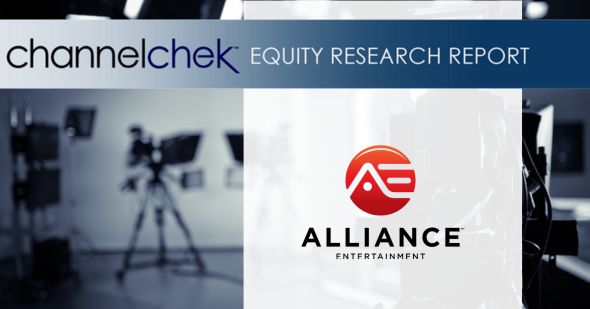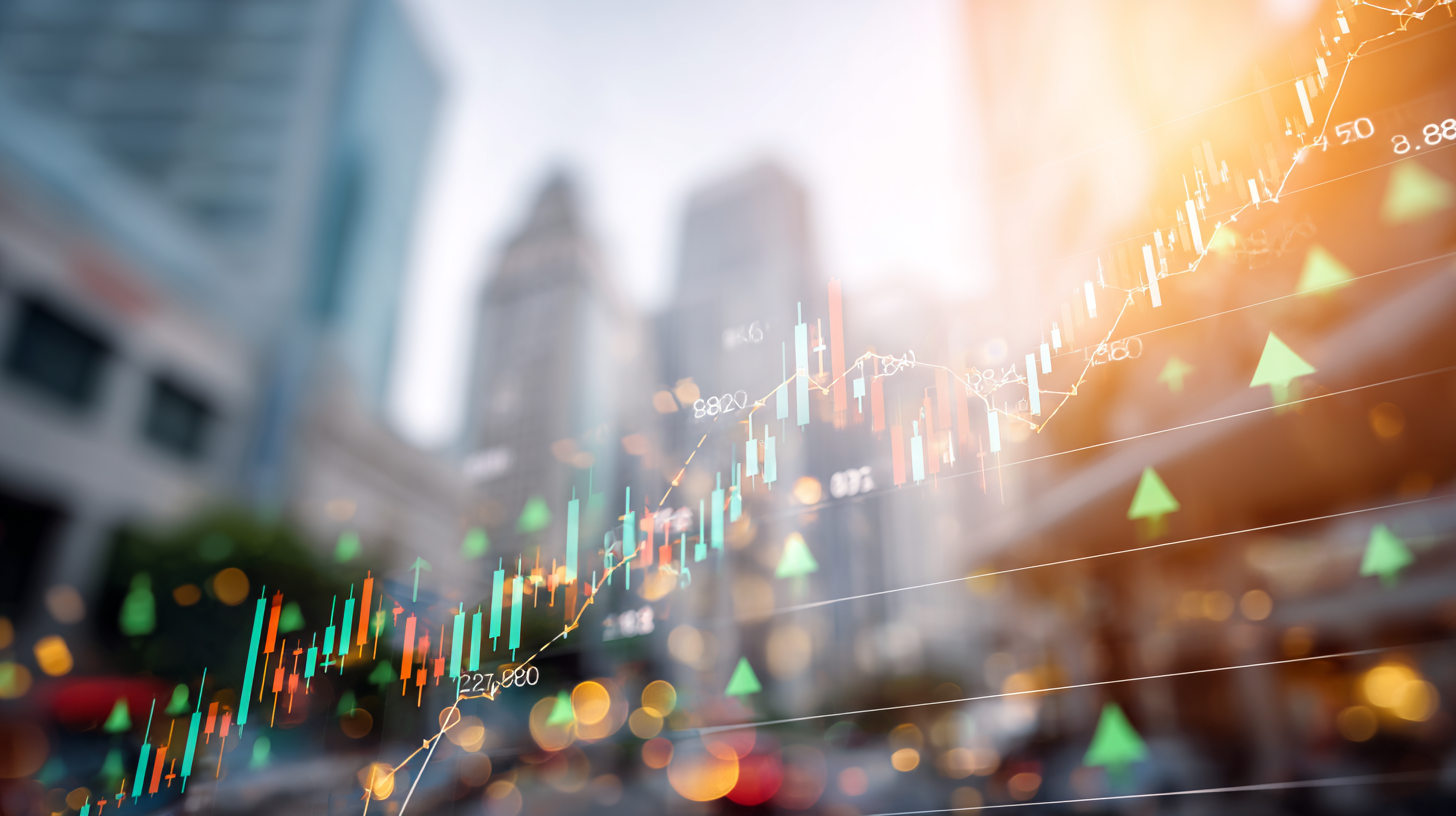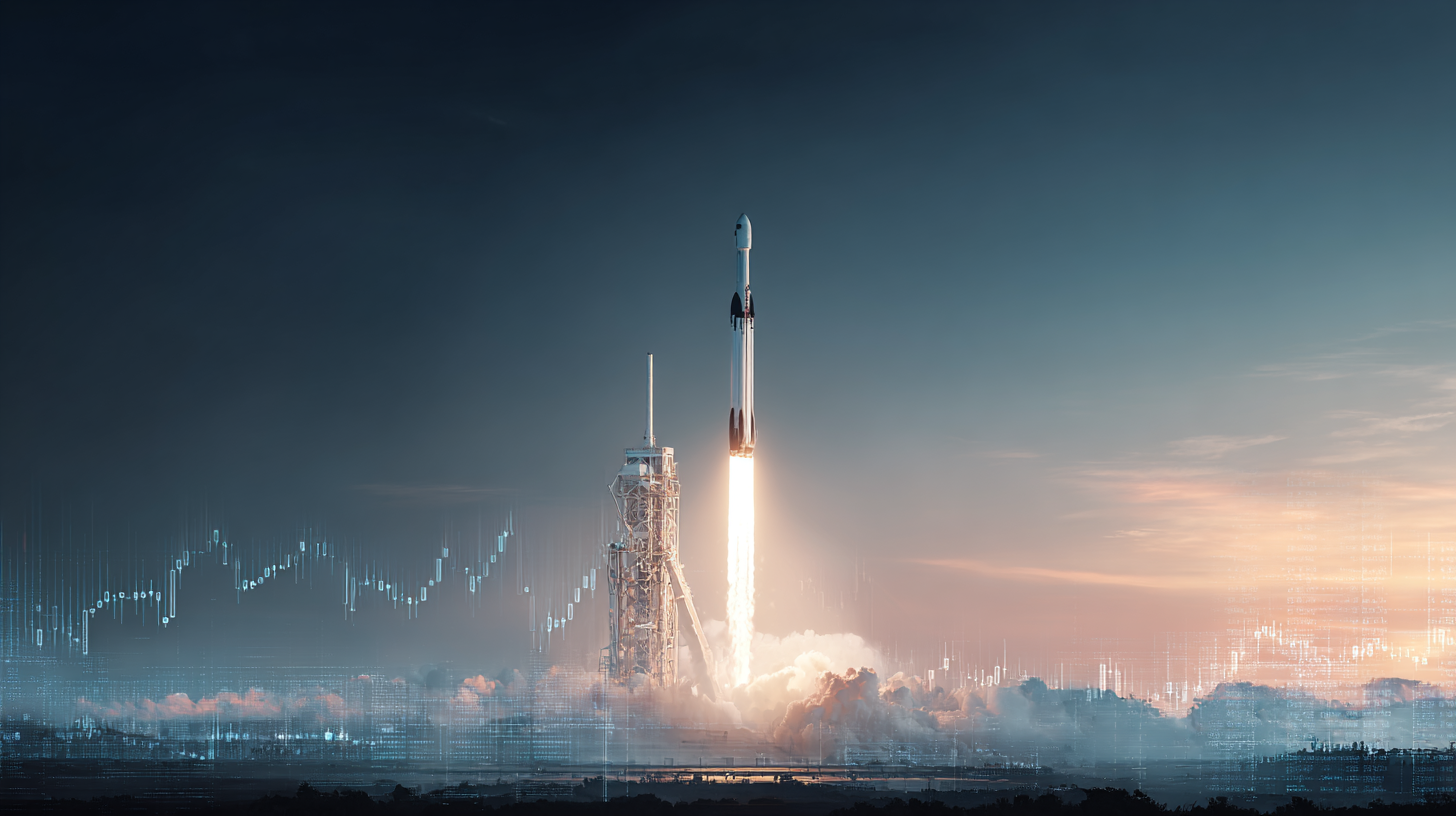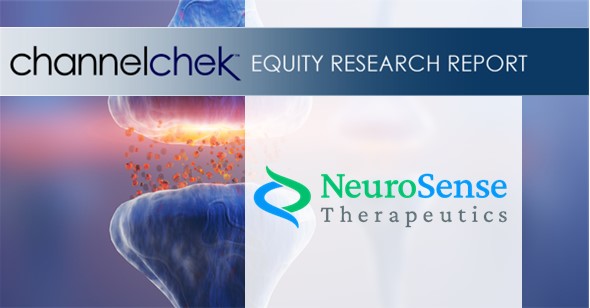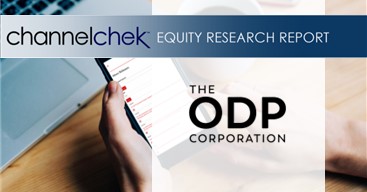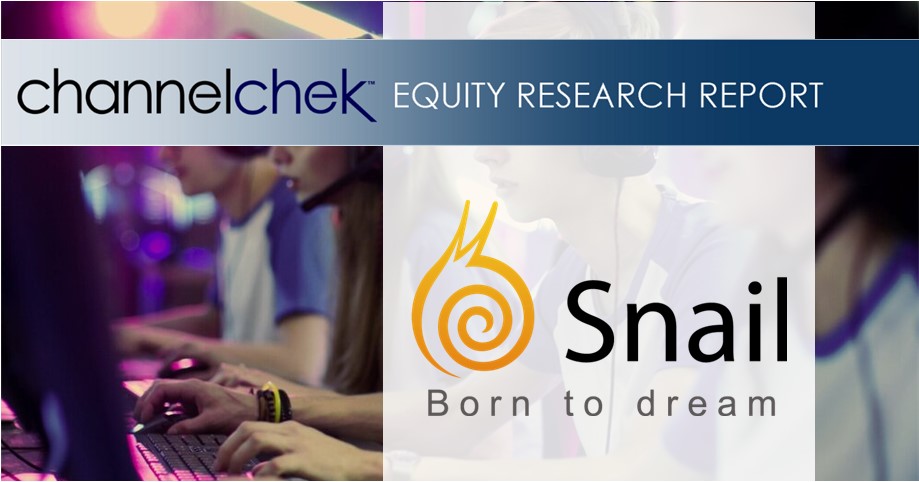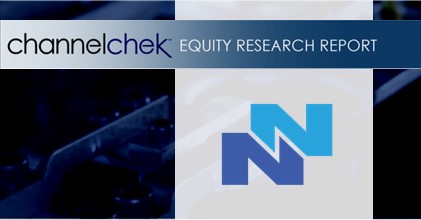
Wednesday, December 10, 2025
Robert LeBoyer, Senior Vice President, Equity Research Analyst, Biotechnology, Noble Capital Markets, Inc.
Refer to the full report for the price target, fundamental analysis, and rating.
Phase 3 FLAMINGO-01 Trial Reaches Enrollment Milestone. Greenwich Pharmaceuticals has completed enrollment in the open-label arm (non HLA-A*2 patients) in the Phase 3 FLAMINGO-01 trial, its trial testing GLSI-100 for prevention of breast cancer recurrence in high-risk patients. The patients are stratified according to their HLA (human leukocyte antigen) types, immune system characteristics that classify an individual’s potential response to antigens. Over 1,000 patients have been screened for the trial at over 140 clinical sites in the US and Europe.
Greenwich Pharmaceuticals Presented At the NobleCon21 Conference. CEO Snehal Patel spoke at the annual NobleCon21 conference. He presented a brief summary of GLSI-100 and the clinical trial, followed by a fireside chat discussion, and questions from the audience. To listen to the presentation, click here.
Get the Full Report
Equity Research is available at no cost to Registered users of Channelchek. Not a Member? Click ‘Join’ to join the Channelchek Community. There is no cost to register, and we never collect credit card information.
This Company Sponsored Research is provided by Noble Capital Markets, Inc., a FINRA and S.E.C. registered broker-dealer (B/D).
*Analyst certification and important disclosures included in the full report. NOTE: investment decisions should not be based upon the content of this research summary. Proper due diligence is required before making any investment decision.

